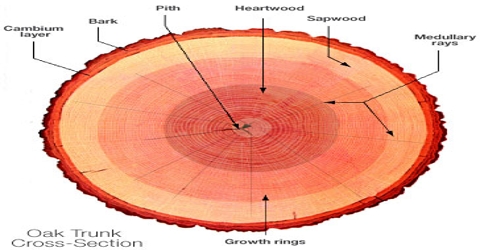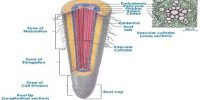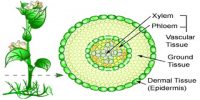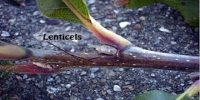Medullary ray of connective tissue
Thinly walled parenchyma tissue that separates xylem and phloem bundles forms the medullary ray or connective tissue. The cells in each ray are elongate and horizontal. They are sheets or ribbons expand vertically through the tree perpendicular through growth rings. These are living cells, unlike the dead cells of the wood xylem. The rays allow the radial diffusion of sap. They are used for food and nutrients transport. These rays are also known as vascular rays or pith rays.
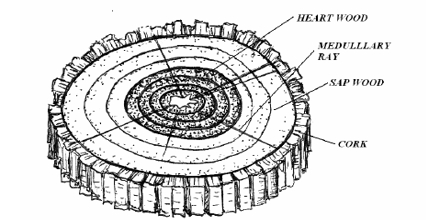
Function in Plants –
Medullary rays are strips of parenchyma present between vascular bundles of dicot stem. It keeps a bond between pericycle and medulla. The medullary rays are necessary for the radial transmission of the water, minerals and other natural substances. They keep up a living link between the pith and the cortex. The functions of medullary rays are pointed below:
- Food storage; medullary rays store and transport food materials.
- Deposition of tannins, crystals, etc. The cells deposit tannins and resins which block up the damaged area. This procedure is called tylosis.
- Radial transport of food and water,
- Gaseous exchange through the intercellular spaces.
- They transport the substances from the center to the periphery.
- The function of medullary rays is to transmit chemicals that fight invasion by insects and fungi and block any damaged areas.
Primary medullary rays happen in young plants and in those not showing secondary thickening; they pass from the cortex through to the pith. Secondary medullary rays are formed by the vascular cambium and come to an end in xylem and phloem tissues.
Medullary rays are cellular structures found in a number of species of wood. They come into view as radial planar structures, perpendicular to the growth rings, which are noticeable to the naked eye. The cells in each ray are elongate and horizontal. These are living cells, unlike the dead cells of the wood xylem. If the wood is cut into boards with the growth rings almost perpendicular to the face of the board, the medullary rays often create beautiful “figures” such as silver grain, medullary spots, pith flecks, etc.
